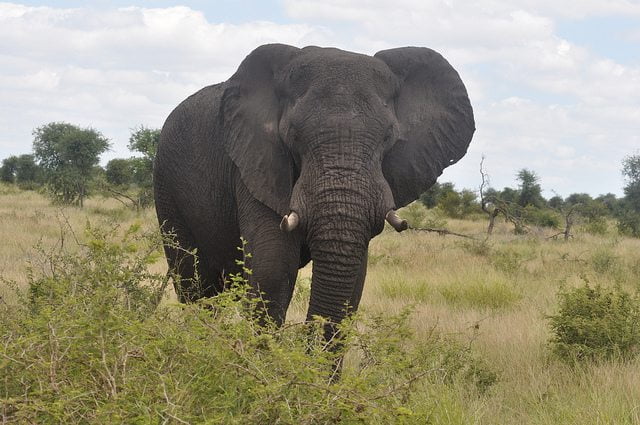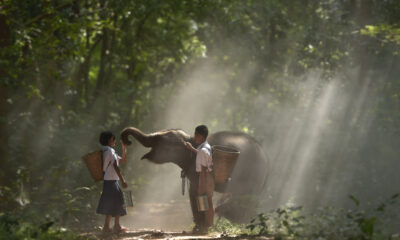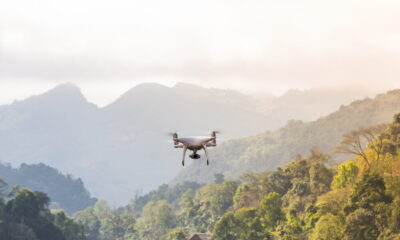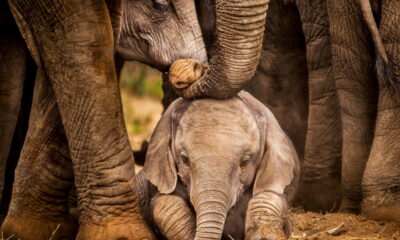

Environment
Poaching threatens survival of African elephants
Over 20,000 elephants were illegally killed in Africa last year, according to a new report that warns the very survival of the species is at risk.
Though the poaching rate has levelled off after peaking in 2011, it continues to far exceed the population’s growth rate, the report from the Secretariat of the Convention on International Trade in Endangered Species (CITES) says. This, the report warns, means that some isolated elephant populations face an immediate threat of local extinction.
It is not precisely known how many elephants there are in Africa – WWF estimates there to be between 470,000 and 690,000.
However, CITES suggests that the recent seizure of unusually large shipments of ivory is evidence of the involvement of organised crime in the illegal trade.
For the first time, there were more large ivory shipments apprehended by the authorities in Africa than in Asia, with Kenya, Tanzania and Uganda accounting for 80%.
John Scanlon, secretary-general of CITES, said the situation “remains dire,” despite the slight dip in poaching levels.
“Due to the collective efforts of so many, we also see some encouraging signals, but experience shows that poaching trends can shift dramatically and quickly, especially when transnational organised crime is involved,” he said.
It has been said that the increasing confiscation of ivory shows that the crackdown on the trade is having some success, while the issue has gained greater public and political attention.
Famous figures such as David Beckham, Leonardo Di Caprio and Prince William have recently called for an end to the illegal wildlife trade, backing campaigns to dissuade potential customers.
However, concern remains that demand for ivory is still too high in many countries.
“The momentum generated over the past three years must now translate into deeper and stronger efforts to fight these crimes on the front line, where it is needed most – from the field, to Customs, to illicit markets, and only then can we hope to reverse the devastating poaching trends of the past decade,” said Scanlon.
The release of the report follows the news that Satao, one of the world’s biggest elephants, has been killed by poachers in Kenya.
The bull, thought to have been in his fifties, had been famous for his large tusks.
In a statement the wildlife NGO Tsavo Trust, who had worked to protect the elephant, said, “we confirm there is no doubt that Satao is dead, killed by an ivory poacher’s poisoned arrow to feed the seemingly insatiable demand for ivory in far off countries.
“A great life lost so that someone far away can have a trinket on their mantelpiece.”
Photo: Hennie Coetzee via Flickr
Further reading:
Prince William and David Beckham call on the sport world to act against wildlife crime
Extinction occurs 1,000 times faster with human influence, says new study
Elephant shooting reported at South Africa’s Kruger national park
Leonardo DiCaprio donates $1m to protect elephants
William Hague: fighting illegal wildlife trade is ‘great moral cause’


 Environment10 months ago
Environment10 months agoAre Polymer Banknotes: an Eco-Friendly Trend or a Groundswell?

 Environment11 months ago
Environment11 months agoEco-Friendly Home Improvements: Top 7 Upgrades for 2025

 Features9 months ago
Features9 months agoEco-Friendly Cryptocurrencies: Sustainable Investment Choices

 Features10 months ago
Features10 months agoEco-Friendly Crypto Traders Must Find the Right Exchange






























